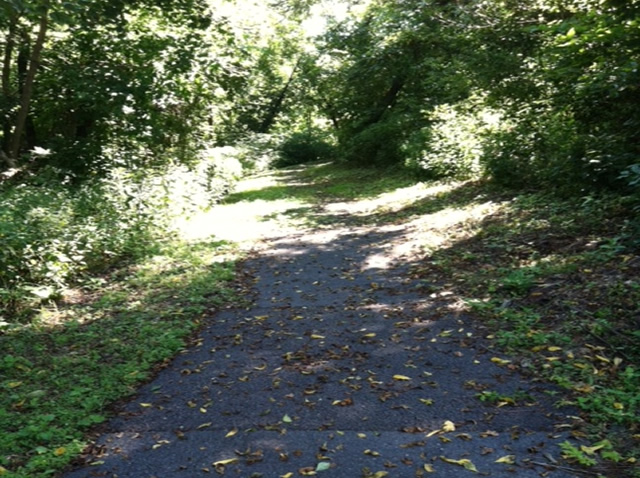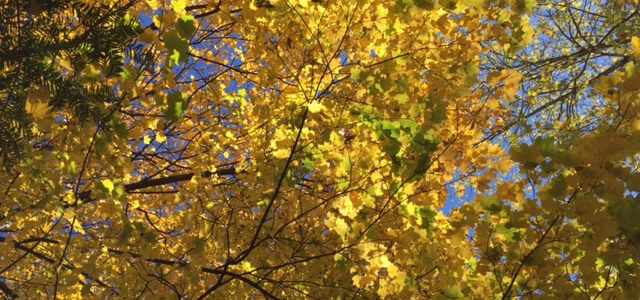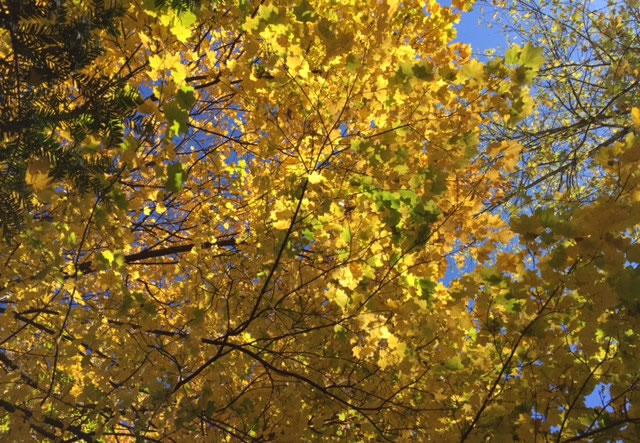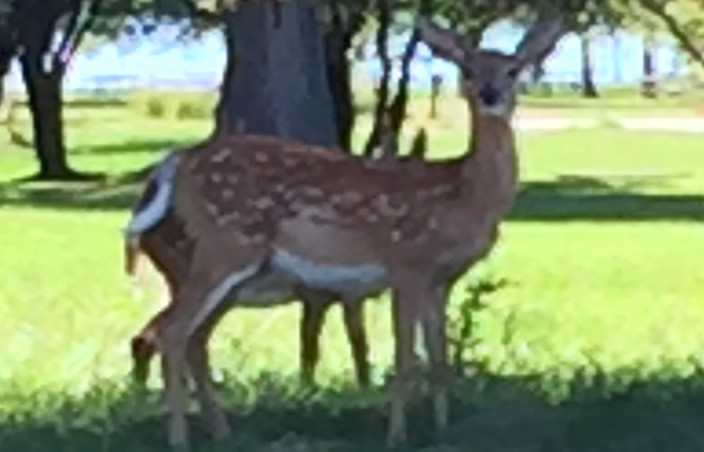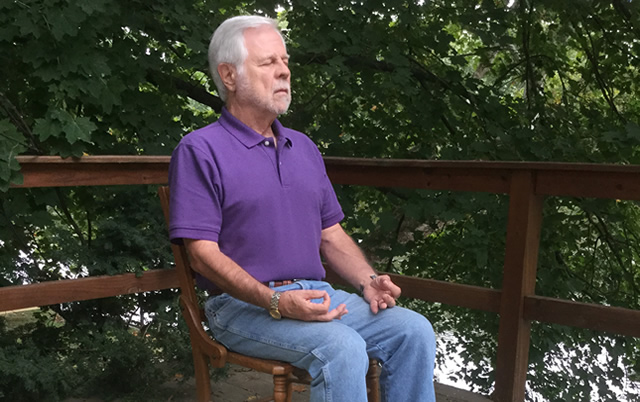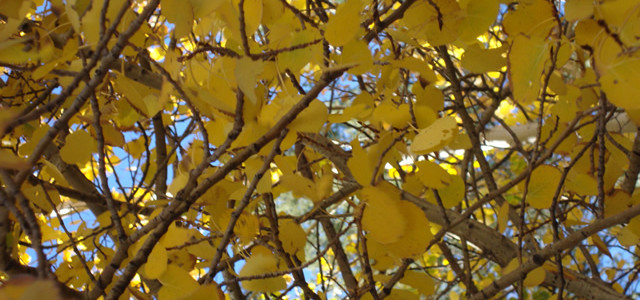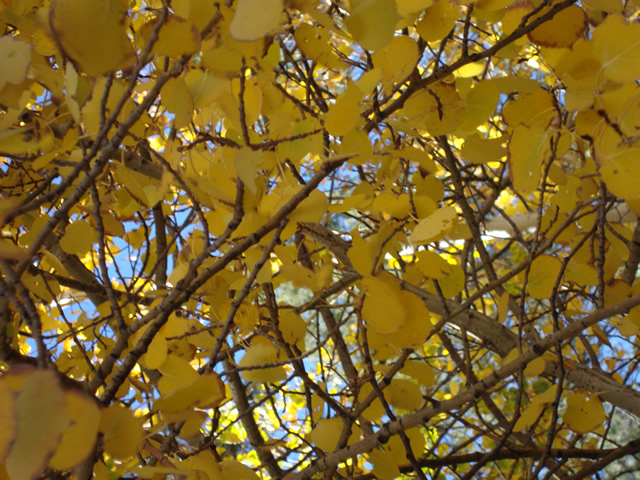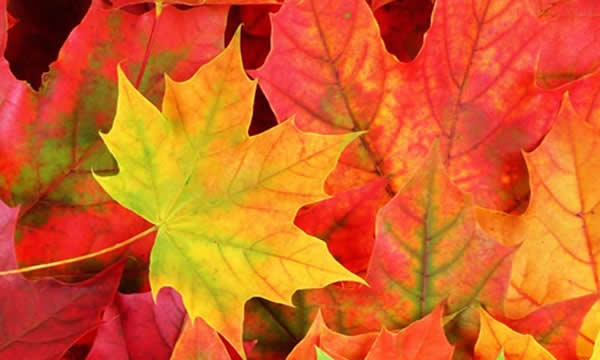
Come Celbrate Autumn’s Beauty
Led by Elizabeth Terry
Saturday, November 3, 2018
Loaves and Fishes Farm
1810 York Road, Dover PA 17315
Yoga from 10:00-11:30am. Light lunch and fun to follow!
Give yourself a day to be refreshed, nourished, and shared with a supportive, uplifting community. Bring your yoga mat, walking shoes and farm friendly clothes for yoga and checking out the goats and newest calves, petting donkeys, visiting the sheep, hugging chickens and enjoying the fall foliage at the farm.
Yoga practice will be outside, if weather permits, inside if there is rain or cold. A free will offering will be accepted to support the work of Loaves and Fishes Farms.
Please reserve your spot by October 30th:
Elizabeth Terry eterryyoga@gmail.com or (717) 645-0067
For more info on the farm, check out their Facebook page – Facebook.com/LoavesAndFishesFarm or contact:
Farmer Jen Briggs jenbriggs@comcast.net or (717) 774-0794
Farmer Bonnie McCann bonniejmccann@comcast.net or (717) 319-7721
When you become part of the Loaves and Fishes Farms’ family, you join us in our commitment to grow and eat healthy food that replenishes the soil and protects air and water.”
Directions (from Harrisburg area)
Interstate 83 south to the Yocumtown Exit. At Light make a left and then an immediate Right on to Taylor Road. Follow that road for about 3.5 miles. You will cross over Rt. 382 (Lewisberry Road) which then becomes York Road, this is curvy and you will pass the Susquehanna Speedway and the farmer market on your left and you will pass a church and school on your right. The Loaves and Fishes Farm is on the corner of Red Bank and York Road. It is a white house with green shutters – the kitchen is in the garage (doesn’t everyone have a kitchen in the garage?)
1810 York Road
Dover, Pa 17315
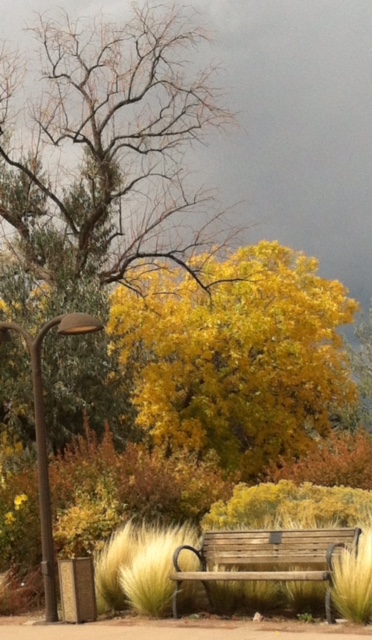 We clearly see the physical transformation of living things around us in the fall. Deciduous trees are among the most visible of autumn’s shapeshifters. Their cloaks of green transform to yellow or orange or red or burgundys and russets. And when the trees are ready, sensing the shortening hours of light and feeling the cooler temperatures, the transfer of water to each leaf and food from the leaves ceases. The trees surrender their leaves to the earth.
We clearly see the physical transformation of living things around us in the fall. Deciduous trees are among the most visible of autumn’s shapeshifters. Their cloaks of green transform to yellow or orange or red or burgundys and russets. And when the trees are ready, sensing the shortening hours of light and feeling the cooler temperatures, the transfer of water to each leaf and food from the leaves ceases. The trees surrender their leaves to the earth. 